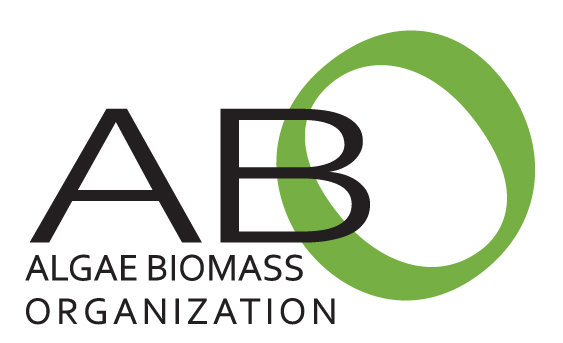Local coalition of business, government and academic leaders bring the largest algae conference in the world to Arizona
PHOENIX, Ariz. (October 18, 2016) The largest algae industry conference in the world comes to the Phoenix area next week as the Algae Biomass Organization hosts the 2016 Algae Biomass Summit. The Summit will convene at the Renaissance Glendale Phoenix Hotel and Spa, October 23-26. Information about the event can be found at http://www.algaebiomasssummit.org.
The Algae Biomass Summit is a scientific and commercial conference where the latest advances in the new and fast-paced algae industry are put on display. The 2016 event features examples of the latest algae-derived products, a sold out exhibit hall and over 100 speakers. Topic areas to be addressed include everything from algae-based cooking oils and fertilizers, to algae-based carbon utilization, policy support and project finance.
“New algae cultivation technologies are beginning to have enormous impacts in markets where consumers are demanding products that are better for the environment and human health,” said Matt Carr, executive director of the Algae Biomass Organization. “Arizona has been at the forefront of the research and commercialization projects that are proving how algae can be used to make everything from fuel to feed to food. The potential is unlimited and we are excited to bring the latest advances from around the world to Arizona.”
Many key Arizona-based organizations came together to ensure that the 10th Algae Biomass Summit would come to the Copper State:
- Arizona State University’s Arizona Center for Algae Technology and Innovation (AzCATI)
- Arizona BioIndustry Association
- Arizona Business Incubation Association
- ATP3: the Algae Testbed Public-Private Partnership
- Cactus IFT
- City of Phoenix
- City of Mesa
- The Greater Phoenix Economic Development Council
- Heliae
- University of Arizona
“Arizona is giving rise to a new generation of algae industry workers, conducting cutting-edge research,” said John McGowen, Director of Operations at AzCATI , an algae technology testbed and training center based at Arizona State University’ s Polytechnic campus in Mesa, Arizona that will host a tour for Summit attendees. “The advances we have pioneered are having impacts on the industry worldwide, making Phoenix a natural fit for the Summit.”
“The decision to locate the summit here is the direct result of efforts by Arizona-based business, academic and technology leaders and is an acknowledgment of the leadership role the state has played in advancing algae technology as a sustainable source of fuel, food, feed and other products,” said said Joan Koerber-Walker president and CEO of the Arizona BioIndustry Association
Speakers and attendees at the Algae Biomass Summit will include national and international technologists, producers, scientists, investors, end-user companies, students and policy makers. Over the last decade participants have expounded on algae’s ability to make fuel, utilize CO2 to make valuable products, provide nutrition to humans and animals, create chemical products, synthesize pharmaceuticals, and provide jobs for millions of Americans, with little to no impact on freshwater supplies or agricultural land (read more at www.allaboutalgae.com).
This year participants will continue to push those and other integral topics such as commercialization of algal production, government and private policies, lifecycle analysis, project funding and the emerging ways that algae can address global challenges.
Products made from algae are the natural solution to the energy, food, economic and climate challenges facing the world today. This tiny but powerful organism has the ability to simultaneously put fuels in vehicles, reuse CO2, provide nutrition for animals and people, and create jobs for millions of Americans. More information can be found at allaboutalgae.com.
About the Algae Biomass Organization
The Algae Biomass Organization (ABO) is a 501(c)(6) non-profit whose mission is to promote the development of viable commercial markets for renewable and sustainable commodities derived from algae. Its membership is comprised of people, companies and organizations across the value chain. More information about ABO, including its leadership, membership, costs, benefits and members and their affiliations, is available at the website: www.algaebiomass.org.

